Will G. Mein | |
|---|---|
| Born | William Gordon Mein April 4, 1868 |
| Died | 1939 (aged 70–71) |
| Nationality | British |
| Occupation | Illustrator |
| Spouse | Frances Elizabeth Sinclair |
William Gordon Mein (4 April 1868 - 1939) was a British book illustrator who flourished in the late 19th to early 20th century. He lived in London from around the turn of the century. [1] [2]
Mein was born in Kelso, Roxburgh, Scotland. His painting On the Tweed Near Berwick was exhibited by the Royal Scottish Academy in 1898 but he is known primarily for his illustrations. [3] His drawings were published in The Dome periodical, with contemporary artists Laurence Housman and Frank Mura. [4] He was engaged by publisher Andrew Melrose to illustrate W. E. Cule's fairy tale Mabel's Prince Wonderful (1899) - his first major book illustration commission. [5] Around the same time, the Decadent publisher Leonard Smithers commissioned him to illustrate Nigel Tourneur's Hidden Witchery.
Mein married Frances Elizabeth Sinclair in December 1902, in Berwick, and they settled in Fulham, London. In the 1911 Census he was living at 18 Rostrevor Mans Rd. Fulham and his occupation is listed as artist and Art Chronicle editor. He is known in particular for illustrating works of fairy tale and fantasy and also specialised in boys' stories. He provided woodcut illustrations for The Roadmender by Michael Fairless (1903), which went through many editions. [6]
He died in London in 1939.
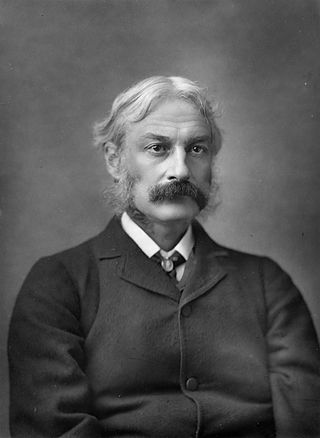
Andrew Lang was a Scottish poet, novelist, literary critic, and contributor to the field of anthropology. He is best known as a collector of folk and fairy tales. The Andrew Lang lectures at the University of St Andrews are named after him.

Henry Patrick Clarke RHA was an Irish stained-glass artist and book illustrator. Born in Dublin, he was a leading figure in the Irish Arts and Crafts Movement.

William Andrew Pogany was a prolific Hungarian illustrator of children's and other books. His contemporaries include C. Coles Phillips, Joseph Clement Coll, Edmund Dulac, Harvey Dunn, Walter Hunt Everett, Harry Rountree, Sarah Stilwell Weber, and N.C. Wyeth. He is best known for his pen and ink drawings of myths and fables. A large portion of Pogany's work is described as Art Nouveau. Pogany's artistic style is heavily fairy-tale orientated and often feature motifs of mythical animals such as nymphs and pixies. He paid great attention to botanical details. He used dreamy and warm pastel scenes with watercolors, oil paintings, and especially pen and ink.
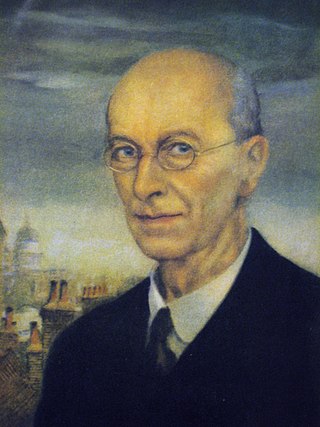
Arthur Rackham was an English book illustrator. He is recognised as one of the leading figures during the Golden Age of British book illustration. His work is noted for its robust pen and ink drawings, which were combined with the use of watercolour, a technique he developed due to his background as a journalistic illustrator.
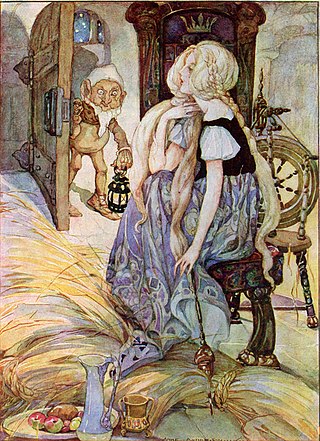
Anne Anderson was a prolific Scottish illustrator, primarily known for her art nouveau children's book illustrations, although she also painted, etched, and designed greeting cards. Her style of painting was influenced by her contemporaries, Charles Robinson and Jessie Marion King, and was similar to that of her husband, Alan Wright (1864-1959).
William Edward Cule was a British author of children's books and several books for adults on Christian themes. In all, he wrote some thirty books encompassing a number of popular genres – public school stories, adventure yarns, fairy tales, novels and Christian allegories and fable. His best children's books show an imaginative faculty of a high order and are soundly crafted, befitting his profession as a magazine and book editor. Cule's most popular Christian works are The Man at the Gate of the World and Sir Knight of the Splendid Way, the latter recently reprinted by Lamplighter Publishing in the United States.
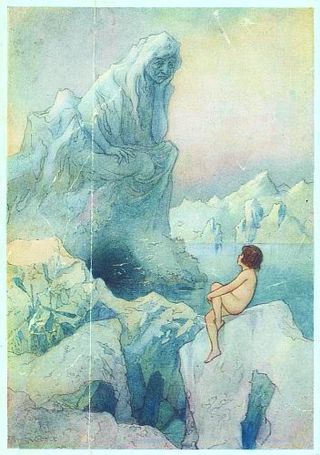
Warwick Goble was a British illustrator.
Andrew Melrose was a British publisher. Although he was noted for publishing theological works, he was also active in promoting new fiction, and offered a substantial cash prize for the best first novel submitted to his firm.

Gordon Frederick Browne was an English artist and a prolific illustrator of children's books in the late 19th century and early 20th century. He was a meticulous craftsman and went to a great deal of effort to ensure that his illustrations were accurate. He illustrated six or seven books a year in addition to a huge volume of magazine illustration.
Harry Rountree was a prolific illustrator working in England around the turn of the 20th century. Born in Auckland, New Zealand, he moved to London in 1901, when he was 23 years old.
Nigel Tourneur was the pseudonym of a fin de siecle writer who is best known for his work Hidden Witchery, a collection of seven short stories and a short prose drama. Set in the indeterminate past, these sensually charged stories are concerned with obsessive love, often given a macabre or supernatural twist. In an "advertisement" the author writes: ".. . Throughout the following stories and sketches — scantily in part, and, it is feared, obscurely, through symbolism — there may be traced the inception, growth, strength, awaywardness and maturity of its physical manhood, culminating in self-knowledge and abnegation.. . " Hidden Witchery was published in 1898 an edition of 450 copies by Leonard Smithers, with illustrations by Will G. Mein.

Charles Robinson (1870–1937) was a prolific British book illustrator.
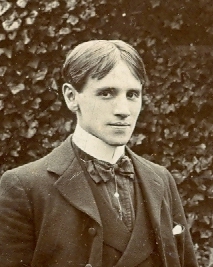
Alfred Garth Jones (1872–1955) was an English artist and illustrator who worked mainly in woodcut, pen and ink line art drawing and watercolour.
Helen Isobel Mansfield Ramsey Stratton was a British artist and book illustrator.
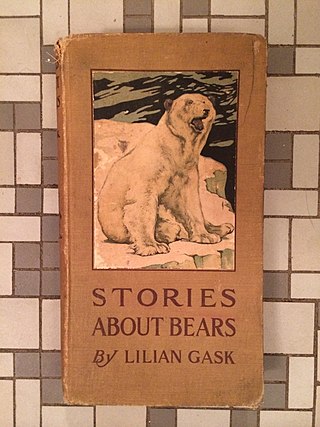
Lilian Fanny Gask was an author of children's books. She was the eldest of six children of Charles Gask, merchant, and his wife Fanny, née Edis. Her brother, Arthur Gask, was also a writer.

Jessie Mabel Pritchard Dearmer was an English novelist, dramatist and children's book author/illustrator. She was a committed pacifist who died while caring for the war wounded in Serbia.
Gertrude Demain Hammond or Mrs. McMurdie was a British painter and children's book illustrator.

Henry Bingham Neilson, who signed his work and was usually credited as Harry B. Neilson, less often as H. B. Neilson, was a British illustrator, mostly of children’s books.
Queenie Scott-Hopper was the pen name of Mabel Olive Scott-Hopper, an English author of children’s stories, poetry, and devotional literature.